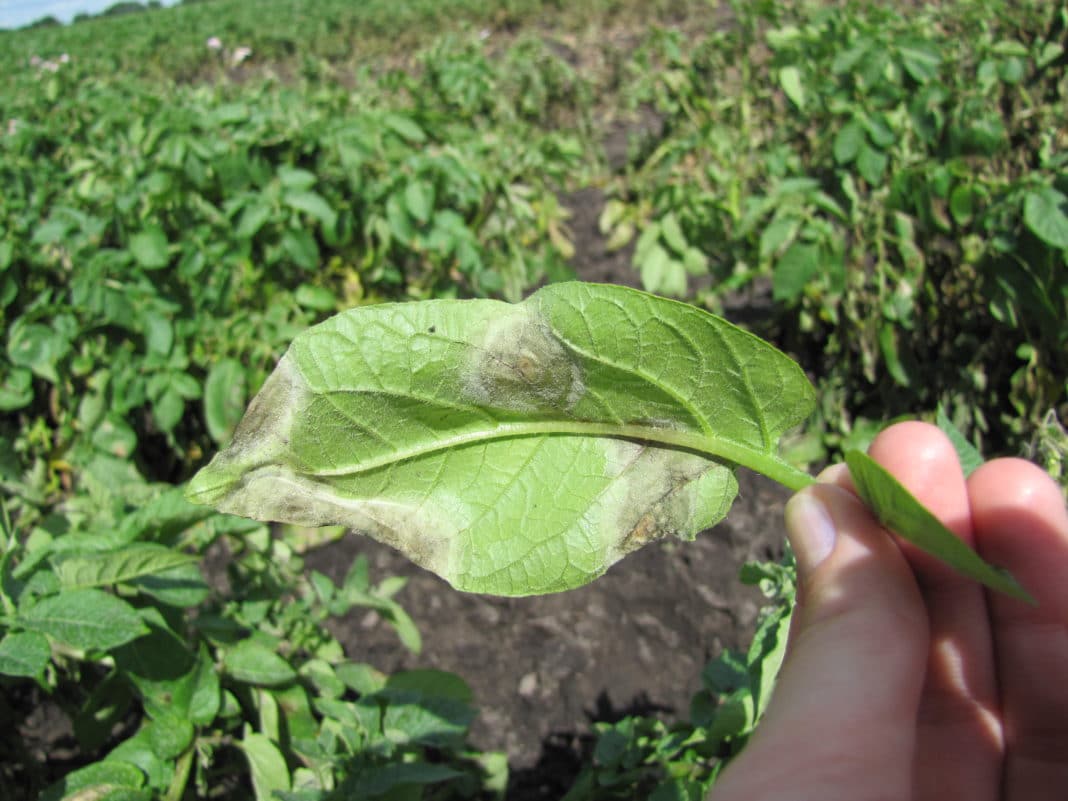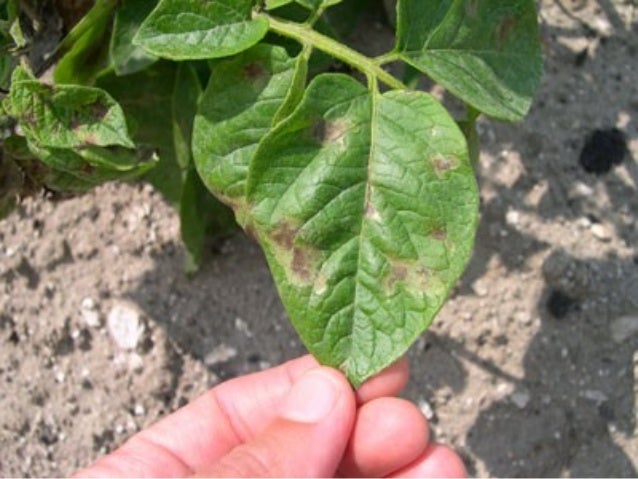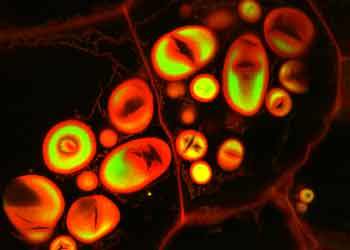

The pathogen will survive in tubers or potentially in tomato fruit that are in a cull pile and can be a source of inoculum the next year. Sanitary practice: Properly dispose of infected tubers by burying them if possible.Planting resistant varieties: There are potato and tomato varieties that are resistant to late blight, however most are not.Take preemptive measures to limit the spread of late blight: A potato field damaged by late blight Infected tubers Management Unfortunately, the pathogen is wind dispersed, making it difficult to quarantine infected field. Potato tubers can become infected when rain washes zoospores into the soil. Symptoms become evident 3-6 days after infection of the leaf. wet leaf surfaces and temperatures between 60-70ᵒ F) the sporangia will release swimming spores (zoospores) that invade the host plant. However, upon favorable cooler conditions (i.e. The spores can remain viable for several hours depending upon environmental conditions, and in warmer and in warmer weather can germinate to directly infect the plant.

high humidity/rainfall) thousands of sporangia develop, which then are aerially dispersed several miles. Under ideal environmental conditions (i.e.

Sporangia release zoospores that infect leaves How the pathogen spreads Characteristic lesion on tomato plant Sporangia on sporangiophores. leaf) in a damp zip-lock bag for a day to see if white sporulation appears. Therefore, to diagnose late blight under dry conditions, place the infected sample (i.e. Both plants display similar symptoms which consist of dark lesions surrounded by white sporulation or ‘fuzz’ under humid/damp conditions but may appear just as dry dark lesions under dry conditions. Phytophthora infestans infections produce characteristic symptoms that can form on the leaves and/or stems of tomato and potato plants. infestans Lesions on tomato stems with white sporangia Infected tomato fruits Tomato leaves with characteristic brown lesions Symptoms However, once an outbreak occurs the pathogen can rapidly infect surrounding fields. These asexual spores cannot overwinter without plant tissue, so the main sources of inoculum are contaminated plant debris/tubers that were improperly disposed, volunteer plants growing from infected tubers, transplants, and compost piles. The pathogen reproduces asexually in the United States. Late blight is caused by the water mold Phytophthora infestans.
#Late blight of potato how to
Due to its ability to travel long distances and destroy entire fields, growers need to know how to diagnose and manage the disease. It causes fruit rot and plant death on tomatoes and potatoes. Late blight is a notorious disease that is often associated with the Irish Potato Famine, yet even today it remains a destructive disease. ♦ Dip the tubers in formalin solution for 35 minutes and cover them under the moist gunny bags for 2 hours and finally dry them before sowing.Printer-friendly. If weather remains wet and cool, spraying should be repeated every 10 days. ♦ Tuber should be treated by dipping in Bordeaux mixture (1%) or other fungicides e.g. ♦ Spraying with Ridomil (0.2 %) or Dithane M45 or Copper oxichloride 34 g/L for 2-3 times at 10-15 days interval. Chemical Control of late blight of Potato ♦ Seed (tuber) treatment with hot water, 40C at 30 minutes. Physical Control of late blight of Potato ♦ Tubers should be collected after 7-10 days of cutting and removing top of the plant.

♦ Crop residues and alternate host should be destroyed. ♦ Seed tubers should be taken from healthy plant. Cultural Control of late blight of Potato Control Measure/Management of late blight of Potato 1. ▲ Rainfall during the next 24 hours of at least 0.1 mm.


 0 kommentar(er)
0 kommentar(er)
